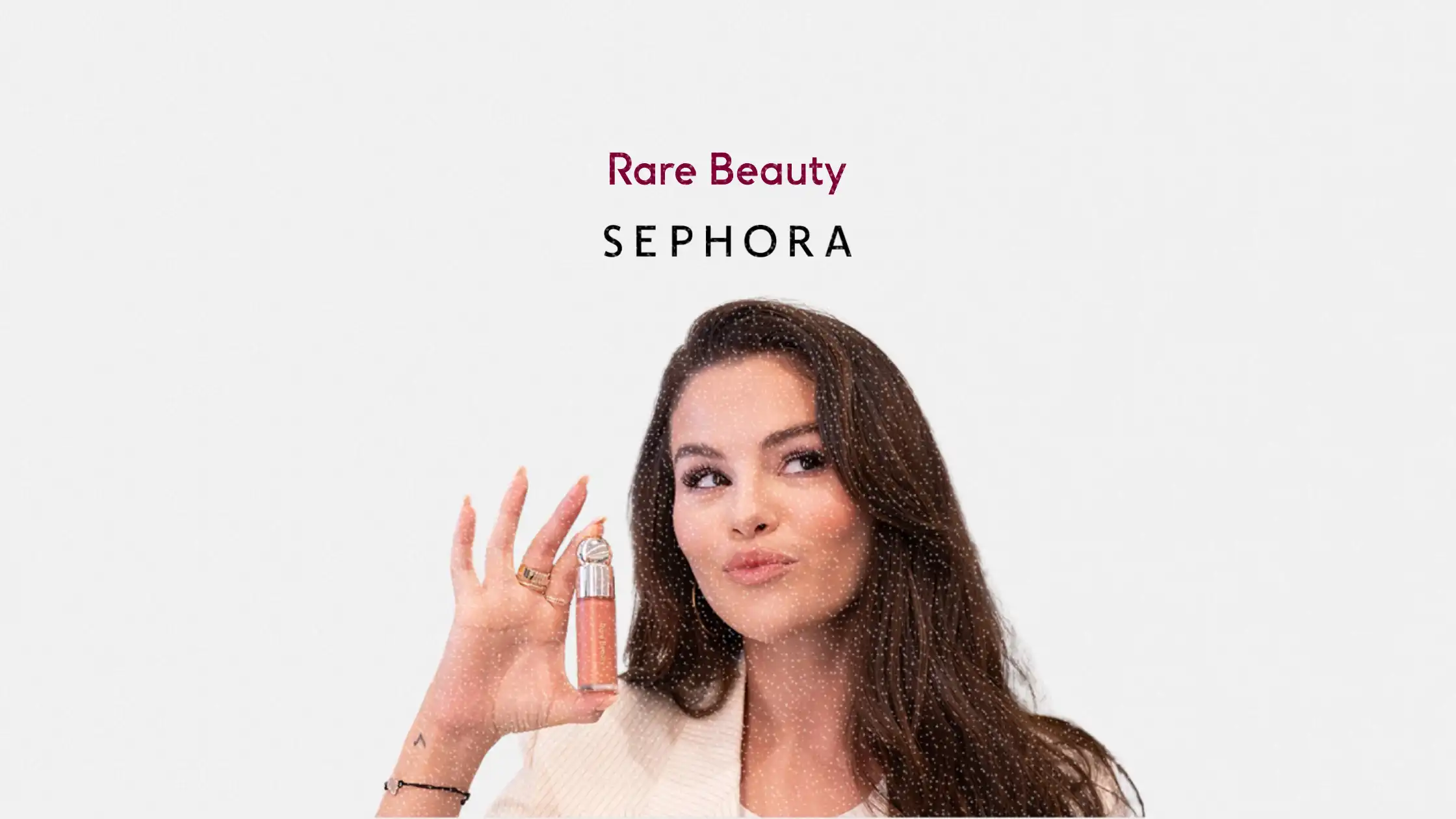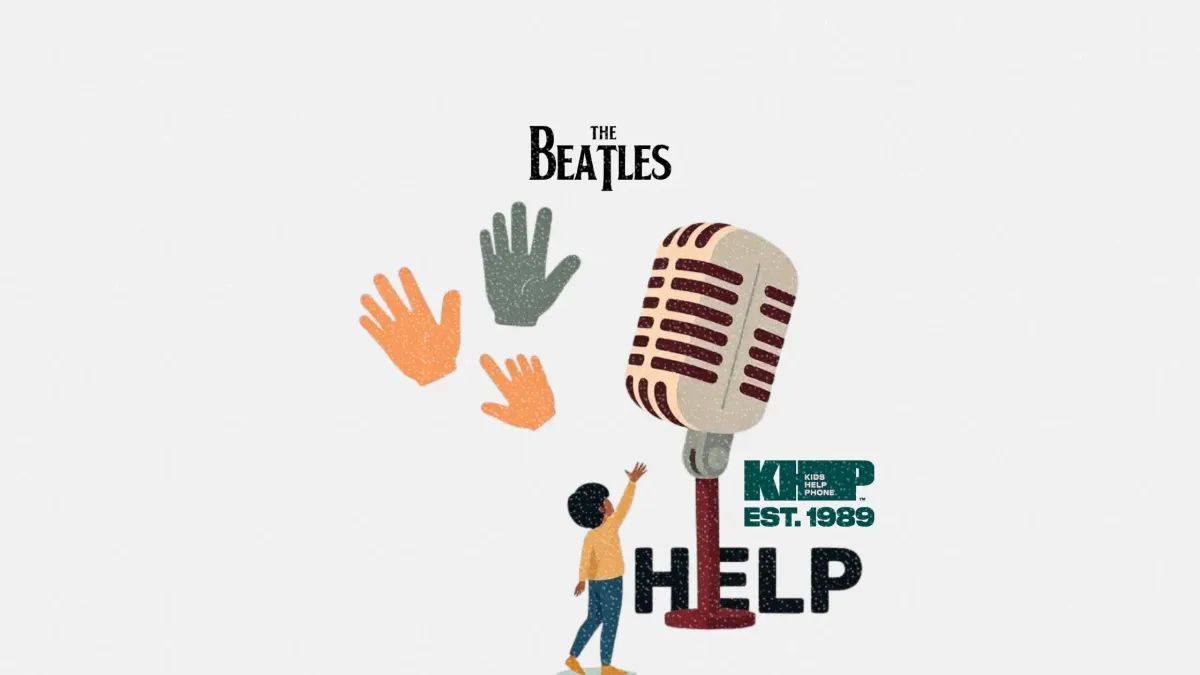Sephora and Rare Beauty spotlight youth mental health with global campaign
A global fragrance campaign aligns beauty with purpose, driving mental health access across 25 markets

In a bold blend of commerce and cause, Sephora and Rare Beauty are once again aligning their marketing calendar with World Mental Health Day.
Their latest collaboration, running from 10 to 12 October 2025, reactivates the annual “Make a rare impact” campaign. This year, the focus is on Rare Beauty’s fine fragrance line, with all new purchases during the campaign window driving donations to the Rare Impact Fund.
This article explores how the campaign works, why it matters, and what marketers can learn from a cross-market initiative that ties social impact directly to sales performance.
Short on time?
Here’s a table of contents for quick access:
- What’s the Rare Beauty x Sephora campaign
- How the Rare Impact Fund drives global youth outreach
- What marketers should learn from this campaign
- Why it’s a masterclass in values-based branding
What's the Rare Beauty x Sephora campaign
From 10 to 12 October 2025, Sephora will donate 100% of all new Rare Beauty fine fragrance purchases—both in-store and online—to the Rare Impact Fund. The initiative spans 25 countries and includes Sephora at Kohl’s in the US, bringing both physical and digital retail customers into the fold.
This marks the third consecutive year the two brands have tied the campaign to World Mental Health Day. But what sets it apart is the retail mechanism. Rather than asking consumers to round up or donate separately, the campaign channels every fragrance sale directly into impact.
How the Rare Impact Fund drives global youth outreach
Founded by Selena Gomez in 2020, the Rare Impact Fund is on a mission to raise US$100 million for youth-focused mental health programs. The fund has already generated more than US$20 million, supporting 30 nonprofit organisations across five continents.
In 2024, the campaign helped reach over two million people through partner organisations, distributing more than 445 mental health resources. Elyse Cohen, Chief Impact Officer at Rare Beauty and President of the Rare Impact Fund, confirmed that the fund reaches more than one million young people each year and supports nearly 3,000 schools and organisations.
Cohen framed the campaign as a model for what happens when brands and nonprofits co-create with intention. Rather than simply raising awareness, she said the initiative is expanding access to mental health support and building real infrastructure for young people worldwide.
What marketers should learn from this campaign
This isn’t just a feel-good collaboration. For marketers, the Rare Beauty and Sephora initiative offers a sharp case study in how purpose-driven campaigns can deliver real business results while deepening brand resonance. Here are three takeaways worth applying:
1. Frictionless giving drives action
Consumers are more likely to contribute to a cause when it’s baked into the purchase process. This campaign makes every fragrance sale a funding mechanism, which increases both conversions and impact.
2. Youth mental health is a brand-safe but high-impact cause
The Rare Impact Fund’s mission has wide demographic appeal without being polarising. This gives brands like Sephora a platform to support a meaningful issue while still protecting brand equity.

3. Go beyond hashtags and statements
Jenny Cheah, Managing Director for Southeast Asia, Oceania, and India at Sephora, noted the importance of aligning with Rare Beauty’s inclusive values. In Asia-Pacific especially, where mental health stigma remains high, Sephora is using its platform to connect beauty with emotional well-being.
Why it's a masterclass in values-based branding
This campaign is part of a larger pattern. Earlier this year, Sephora partnered with Haus Labs by Lady Gaga for its “We belong to something beautiful” campaign. That initiative donated US$1 per product sold to LGBTQIA+ youth mental health programs.
The brand also relaunched its “Brave spaces” in 74 global stores, including locations in Singapore and the US. These areas offer customers a safe environment to express their identities and explore beauty without judgment.
Sephora’s work with Rare Beauty demonstrates how brands can embed purpose across both marketing and operations. For marketers, this campaign is a reminder that social values and commercial success are not just compatible—they’re mutually reinforcing.




